The most dangerous former operative of the CIA is drawn out of hiding to uncover hidden truths about his past.

The most dangerous former operative of the CIA is drawn out of hiding to uncover hidden truths about his past.
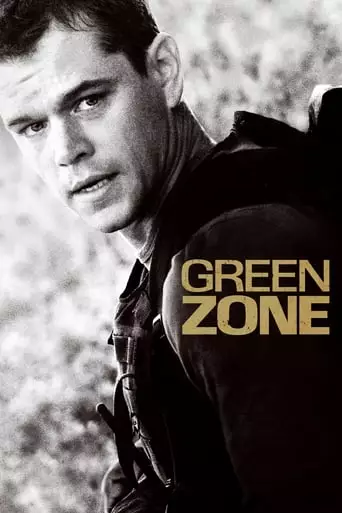
During the U.S.-led occupation of Baghdad in 2003, Chief Warrant Officer Roy Miller and his team of Army inspectors are dispatched to find weapons of mass destruction believed to be […]
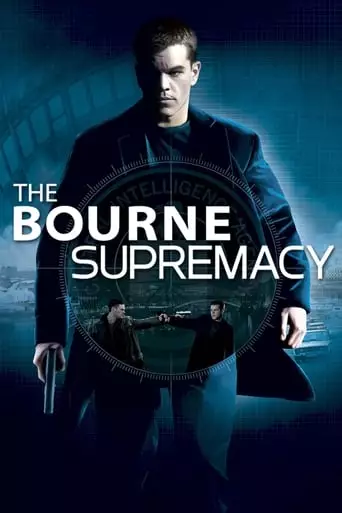
A CIA operation to purchase classified Russian documents is blown by a rival agent, who then shows up in the sleepy seaside village where Bourne and Marie have been living. […]
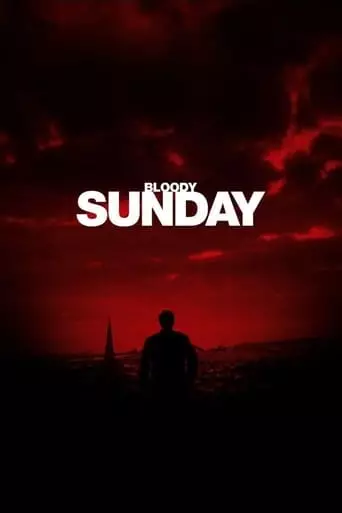
The dramatised story of the Irish civil rights protest march on January 30 1972 which ended in a massacre by British troops.
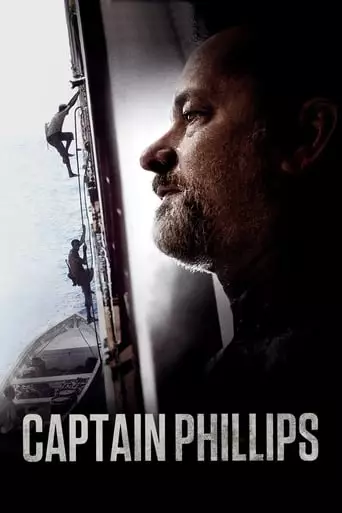
The true story of Captain Richard Phillips and the 2009 hijacking by Somali pirates of the US-flagged MV Maersk Alabama, the first American cargo ship to be hijacked in two […]
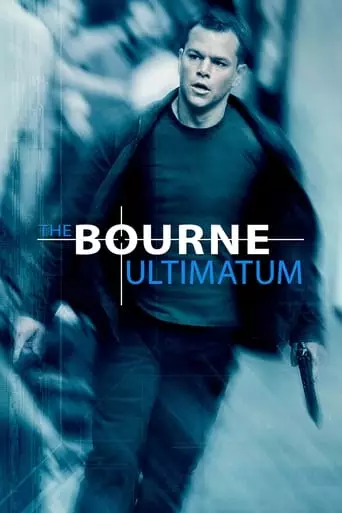
Bourne is brought out of hiding once again by reporter Simon Ross who is trying to unveil Operation Blackbriar, an upgrade to Project Treadstone, in a series of newspaper columns. […]

A real-time account of the events on United Flight 93, one of the planes hijacked on 9/11 that crashed near Shanksville, Pennsylvania when passengers foiled the terrorist plot.
Paul Greengrass: Master of Realism and Tension in Modern Cinema
Paul Greengrass is one of the most distinctive and influential filmmakers of the 21st century, known for his innovative use of handheld camera techniques and his ability to craft gripping, realistic narratives. With a career that spans compelling political dramas, high-octane action thrillers, and historical reenactments, Greengrass has established himself as a director who brings intensity and authenticity to every story he tells.
Early Life and Career Beginnings
Born on August 13, 1955, in Cheam, Surrey, England, Paul Greengrass developed an early interest in storytelling and journalism. He attended Queens’ College, Cambridge, where he studied English literature. After graduating, Greengrass worked as a journalist, most notably for the investigative television program World in Action.
His experience in journalism deeply influenced his filmmaking style, instilling in him a commitment to truth and an understanding of how to craft narratives that resonate with immediacy and urgency.
Greengrass began his directorial career with television films, including Resurrected (1989), which explored the true story of a British soldier left behind during the Falklands War. The film earned critical acclaim and set the tone for Greengrass’s focus on socially and politically charged stories.
Breakthrough with Bloody Sunday
Greengrass’s breakthrough came with Bloody Sunday (2002), a harrowing account of the 1972 massacre in Northern Ireland where British soldiers killed unarmed civil rights protesters. The film’s documentary-style approach, combined with its unflinching depiction of the events, earned it widespread acclaim and several awards, including the Golden Bear at the Berlin International Film Festival.
Bloody Sunday cemented Greengrass’s reputation as a filmmaker who could tackle sensitive historical events with authenticity and emotional power.
Reinventing Action with the Bourne Series
Greengrass brought his signature style to mainstream cinema with The Bourne Supremacy (2004), the second installment in the Jason Bourne franchise. His use of handheld camerawork, quick cuts, and realistic action sequences revolutionized the spy genre, offering audiences a more grounded and visceral experience.
He followed up with The Bourne Ultimatum (2007), which won three Academy Awards and is widely regarded as one of the best action films of its time. Greengrass returned to the series with Jason Bourne (2016), continuing his exploration of identity, surveillance, and geopolitical intrigue.
The Bourne films showcased Greengrass’s ability to blend action with thought-provoking themes, elevating the franchise into a critical and commercial powerhouse.
Tackling Real-World Stories
In addition to his success in action cinema, Greengrass has directed several films based on real-life events, demonstrating his talent for combining historical accuracy with dramatic intensity.
United 93 (2006): A powerful reenactment of the September 11, 2001, hijacking of United Airlines Flight 93. The film’s realistic portrayal of the passengers’ heroic actions earned widespread acclaim and an Academy Award nomination for Best Director.
Captain Phillips (2013): Starring Tom Hanks, this film chronicles the 2009 hijacking of the Maersk Alabama by Somali pirates. Greengrass’s meticulous attention to detail and ability to build tension resulted in a riveting drama that earned six Academy Award nominations.
22 July (2018): A sobering depiction of the 2011 Norway attacks and their aftermath, focusing on themes of resilience and justice. The film highlighted Greengrass’s skill in tackling difficult subject matter with sensitivity.
Hallmarks of Greengrass’s Style
Greengrass’s films are characterized by their use of handheld camerawork, naturalistic performances, and a documentary-like aesthetic. His approach immerses viewers in the narrative, creating an intense sense of immediacy and authenticity.
Themes of identity, moral ambiguity, and institutional power frequently appear in his work, whether he’s exploring the personal struggles of a spy or the broader implications of real-world tragedies.
Greengrass’s ability to balance action with emotion and spectacle with substance has made him a standout filmmaker in both independent and blockbuster cinema.
Recent Work and Legacy
In 2020, Greengrass directed News of the World, a Western starring Tom Hanks. The film, based on the novel by Paulette Jiles, marked a departure from his usual fast-paced style, showcasing his versatility as a storyteller. Its themes of connection and healing resonated deeply with audiences, earning critical acclaim.
Influence and Impact
Paul Greengrass has redefined modern filmmaking with his innovative techniques and commitment to realism. His ability to craft edge-of-your-seat tension while exploring complex themes has inspired a generation of filmmakers and elevated action and drama into thought-provoking art.
With a career that bridges historical drama, action thrillers, and emotional storytelling, Greengrass continues to challenge audiences and push the boundaries of cinema.
Conclusion
Paul Greengrass’s work reflects his journalistic roots, blending a pursuit of truth with cinematic artistry. His films, whether retelling real events or thrilling audiences with high-stakes action, carry an emotional weight that lingers long after the credits roll. As a master of realism and tension, Greengrass remains one of the most vital voices in contemporary cinema.